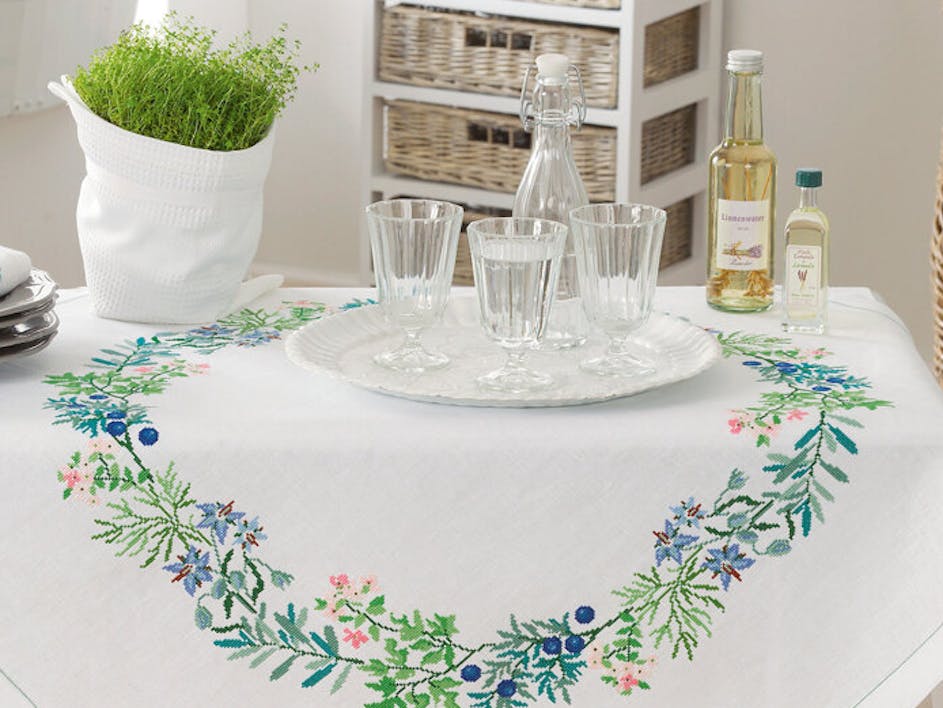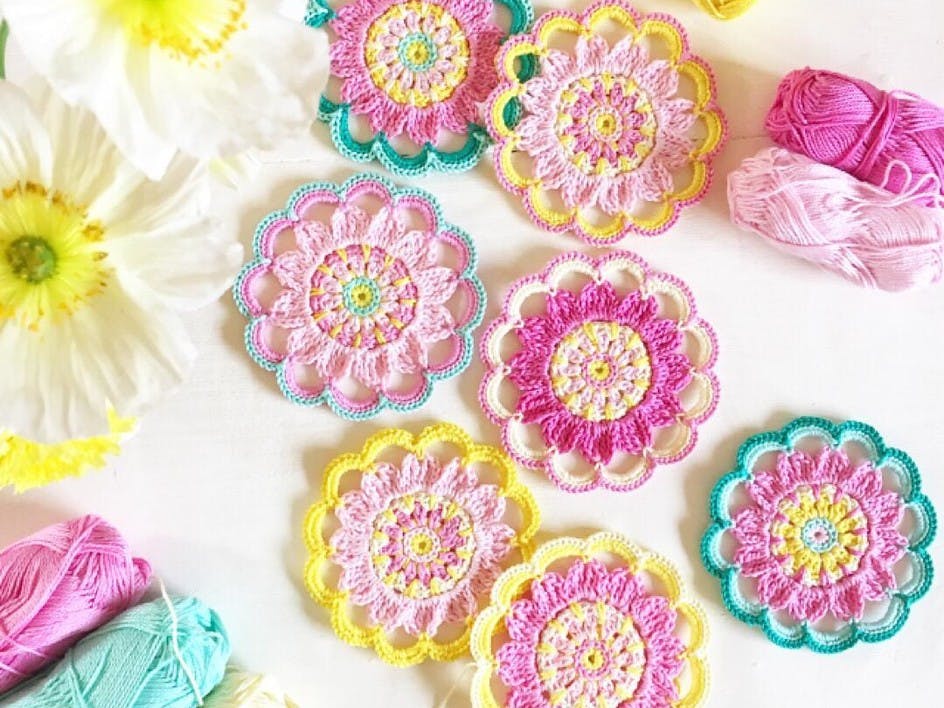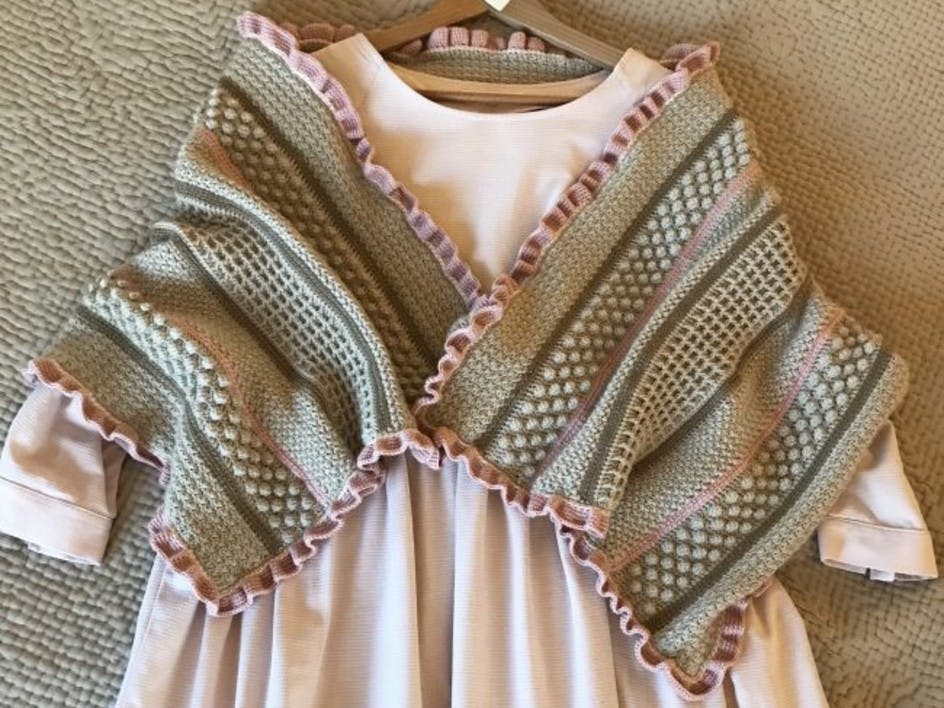Adding motifs to plain knitting
Published on December 19, 2018 By Amy Kaspar 5 min read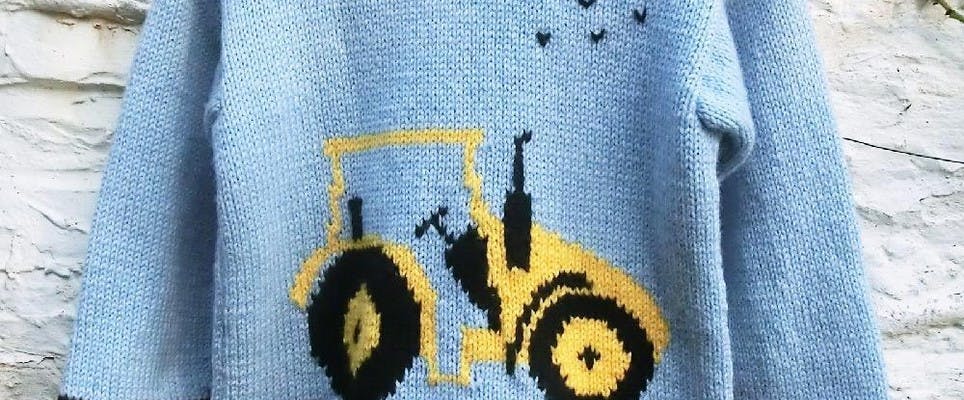
Adding motifs to plain knitting is a brilliant way to embellish your work – here, Amy Kaspar shows you how…
Want to spruce up your plain knits? Add some signature style to your simple knitwear? Motifs are a great way to add color and design to your project. So let's start with a simple heart.
Whether it's Valentine’s Day or you're just in the mood for love, I thought I would save you the trouble of searching for romance-inspired knitting patterns, and show you how you can add a heart (or any other shape, really) to your knitting. You can always make a love-themed pillow, afghan, pair of socks, or whatever tickles your fancy just by adding the international symbol of love to an already-exisiting pattern: the heart.
Really, this tutorial is good for any motif, but I am feeling sentimental and lovey-dovey right now – and this how-to is a bit more “loose” in terms of technique… It is designed to get the creative juices flowing, in addition to showing you how to modify something plain.
First, you can either draw your own motif, or search the hundreds of thousands of motifs already in existence. You do have to have an idea of what you want to make, however. There are three different-sized hearts here, so it would depend on what your needs are.

Start with these questions: Do I want a small, repeating pattern, or one big statement? How many stitches and rows do I want the motif to cover? Where do I want it to sit on the item? Do I want colorwork, or a pattern? As you can see, some of these questions involve math and science, and even art!
Using the small heart pattern here, which is eleven stitches across at its widest point, you have options. If you are making a baby sweater, you can add a heart on the back or front, or both. You can add one heart on each sleeve at the elbows, or a band of hearts around the bottom, eleven stitches at a time plus the number of stitches in between the hearts. You decide.
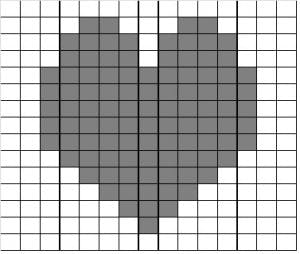
Determine if you want colorwork or a constrasting pattern. The hearts shadowed here can either be done in a different shade, or they can be done in seed or reverse stocking stitch so they show up on a plain background. You can also do the heart in plain stocking stitch, and give a pattern to the background. If you want to do colorwork, are you doing intarsia or stranded knitting? If you are only doing a small panel, you can even use duplicate stitch if you so desire. This is why we love knitting, right?
Once you know how you want your pattern to look, it is time to do some math. Determine how many stitches and rows are needed for your motif, and make sure you have enough room to put it into your knitted piece. If a panel requires you to cast on eighteen stitches, and you have chosen a 23-stitch-across motif (like the large heart), it will not fit. Also, if you want a repeating pattern, consider the number of stitches between motifs. In other words, say, twelve stitches for the motif plus four stitches in between. If you are knitting in the round, the item will need to be divisible by sixteen. If you are knitting flat, the stitch count will need to be divisible by sixteen, plus an additional four stitches at the end.
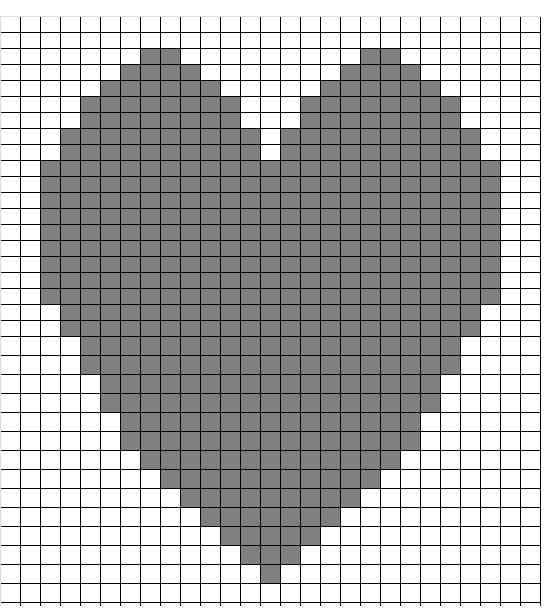
Do you like hearts, but not the three I have provided you? That is quite okay (no offence taken)…just whip out a piece of graph paper, knitting paper, or an Excel spreadsheet and draw your own pattern! Something to keep in mind: stocking stitches are more squat than square, so aim for a ratio of five wide to four long. I used an Excel spreadsheet for the heart motifs, and I used twenty pixels wide by sixteen long. This way, it will look the same when it is knitted. If you use squares when drawing your pattern, just remember that your stitches will be shorter in real life than they are on paper.
Finally, it is time to rewrite your pattern. If you like the design you are inserting, and you have enough stitches and rows to play with, and you know where it will lie in the pattern, then get to it. I do recommend rewriting whatever portion you need to rewrite on your own paper, just so you do not get confused later. Sometimes it is as simple as going from “Cast on 72 sts. Knit in stocking st until piece is 8″ long.” and changing it to “Cast on 72 sts, knit four rows, and knit in motif pattern with four stitches between motifs. When done, knit in stocking st until piece is 8″ long.”
Remember: this is knitting. If you screw up, or the pattern is wonky, rip it out and re-do it. You won’t die, and while you may need a second knitter to help re-harness your stitches onto a knitting needle, you can do this. When you are done, you will have a heart in a place that was previously heartless!





